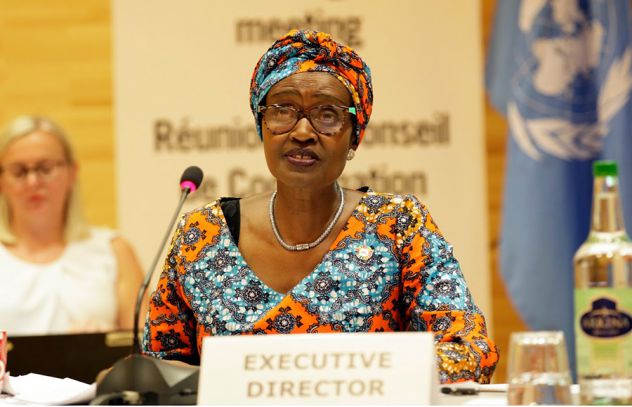Bukola Afeni
Editor
The Executive Director, United Nations programme on AIDS (UNAIDS), Winnie Byanyima said 4500 young women in sub-Saharan Africa are infected with HIV. She said there is need to make a radical difference in the response to HIV.
The Executive Director made the disclosure in commemoration of World AIDS Day 2020, while visiting an HIV community village in Kinshasa in the capital of the Democratic Republic of the Congo.
She commended the country on its vast experience in responding to pandemics such as Ebola, after the country announced the end of the latest Ebola outbreak on 18 November. While imploring the Government of Congo to prioritize HIV amidst other pandemic, the nation is faced with at the moment.
“I thank the Congolese government, our friends from civil society and partners who together have enabled the country to respond to its many challenges, particularly HIV, Ebola and now COVID-19.”
Ms Byanyima stressed that more people in the country need life-saving HIV treatment, and there is more to be done to support women in particular.
“Despite considerable progress, only 57% of people living with HIV are on antiretroviral therapy. Coverage of antiretroviral therapy is higher among men (72%) than among women (51%), a real sign of gender inequality.”
She added that if women do not feel safe to disclose their HIV status or feel that they will be supported or accepted if they are living with HIV, they will not enrol into HIV treatment.
Upon her arrival in Kinshasa, Ms Byanyima while speaking with the Minister of Health, Eteni Longondo, congratulated him on his leadership in responding to the pandemic.
She however, shared her concerns about keeping HIV at the top of the agenda, despite the multitude of pressures of the three colliding pandemics of Ebola, HIV and COVID-19.
Byanyima also called on the country to accelerate paediatric care, including HIV services, adding that women and girls living with HIV should be included.




